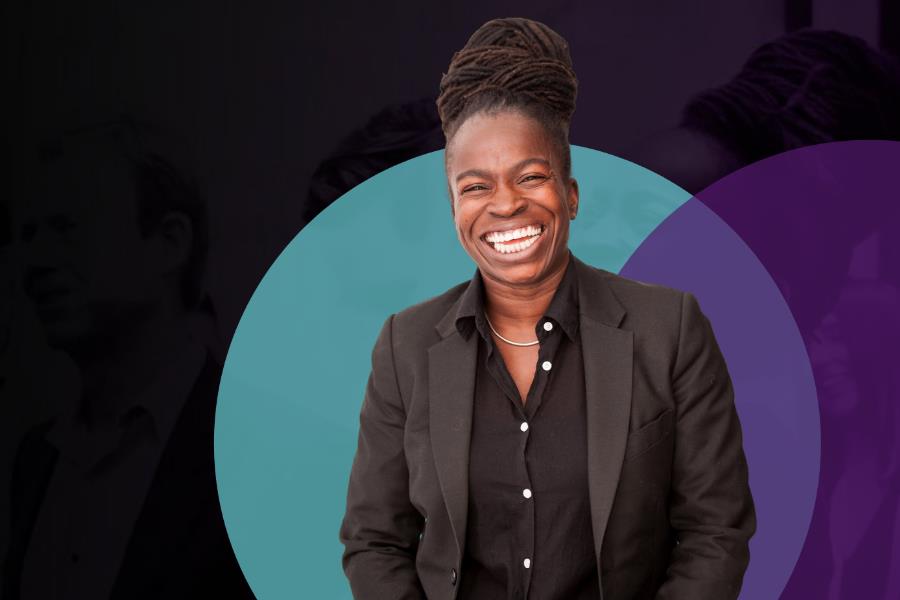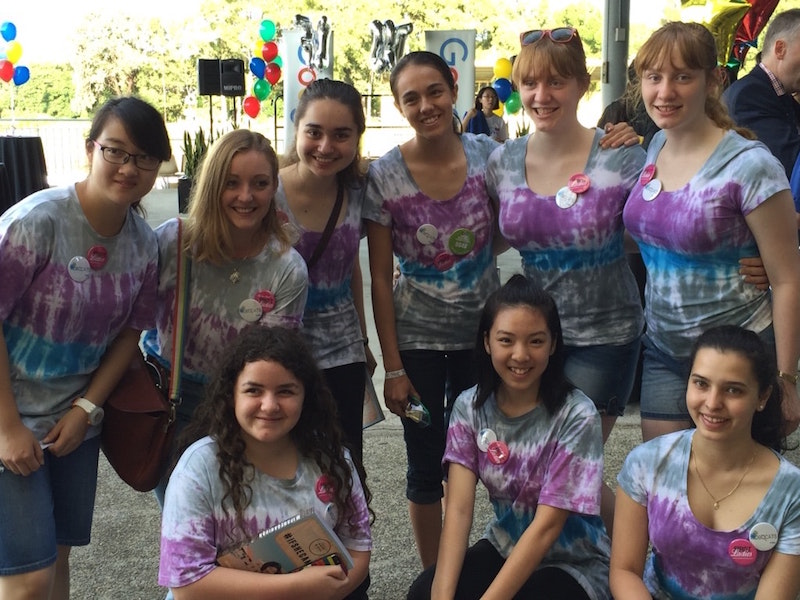Understanding the Value of Diversity in Tech

Industry advocate, Luli Adeyemo shares her insights into the challenges that TechDiversity was established to address by celebrating diversity and inclusion in the digital economy workforce.
It’s not exactly ground-breaking news to say the tech industry has grown hugely in the past few decades from a couple of large companies, the Microsofts and the Apples, to being a huge, multi-faceted industry that sells everything from hardware, to their various platform offerings.
These platforms have evolved to drive social media, to delivering food, booking car rides and accommodation and selling entertainment – and it isn’t hyperbole to say that every facet of our lives, especially our consumer patterns, are tied up with the tech industry.
It is also, by virtue of its white collar, male oriented origins, one of the most complex when it comes to diversity in tech. The image of the white, male tech geek making big with a computer and an internet connection is still ubiquitous when we think of the big players in the tech industry – which is why it’s so important to look at the industry as it stands, to see where this stereotype is being challenged and, if not, why not.
While there’s been significantly more focus on diversity in tech than we’ve ever seen, 2021 has seen minorities number less than 20% of major companies like Google (source: Google Diversity Annual Report). There has been a focus on improving the number of women in tech, but these drives and initiatives have largely lacked intersectionality, leading to improvements in gender diversity, but little improvement when it comes other diversity attributes such as cultural heritages, worldviews, languages, or the neurodiverse or non-binary.
The issue is not limited only to the large corporations – a 2019 report into women in technology found that only 40% of start-ups have women on their boards of directors.
"For every inclusive start-up, there's one that's the exact opposite. It will take time, effort and determination to make the shift permanent." Laura Baldwin, president of media company O'Reilly
The candidate pool to hire from exists - so why is the industry so slow to change?
And yet, more women, people from different cultural backgrounds and other minorities are graduating from STEM and tech degrees than ever before. The candidate pool to hire from exists – so why is the industry being so slow to change?
‘On March 6, at a hearing in a Congressional subcommittee on consumer protection and commerce, Mark Luckie, a digital media strategist and former manager at Facebook and Twitter, said a common explanation for this lack of diversity is the pipeline — that not enough women and people of colour have tech-related degrees. But this isn’t true. There are still more women and people of colour graduating than being hired, he explained.
“There is a common refrain in Silicon Valley: ‘We can’t lower the bar.’ This term is widely understood to infer that black, latinx, and women candidates are less qualified. Their hiring would be a token, putting them over more qualified white or Asian male candidates, who are actually often equally or sometimes less qualified,” Luckie said in the article There’s a diversity problem in the tech industry and it’s not getting any better.
If the industry has problem, why is it so important to fix it?
There are numerous gaffes already having taken place – facial recognition software not recognising non-white faces, motion detector technology not recognising dark skin tones. This is nothing new, but the inclusion of a diverse team of innovators and engineers at all stages of the development process would certainly reduce the prevalence of such problems. Not only would this save in public relations manpower and funding, but the savings in rectifying the mistakes made by a homogenous development team before they ever occurred would be significant.
There are plenty of examples of where the industry is going wrong, and there are plentiful reports, statistics and anecdotal evidence to support the case that the industry is not where it should be when it comes to diversity in tech. What, then, is to be done? Fortunately, for the many cases where we’re getting it wrong, there’s instances and initiatives of positive action:
Impactful Initiatives for diversity in technology
Dr Richard Munsassi, from the Tampa Bay Wave, a non-profit organisation for entrepreneurs specifically focused in tech, has spearheaded such efforts as the TechDiversity Accelerator and the Tech Women Rising programs.
Specifically, their Accelerator program:
"The TechDiversity Accelerator, powered by Nielsen Foundation, is a unique 90-day program designed for early-stage tech companies that are 51% owned, controlled, and operated by a minority, woman, veteran, disabled person for LGBT person or persons.
Companies will work ina collaborative, no-competitive environment and will have access to invaluable resources including mentoring, pitch coaching and sales training, curated workshops and networking events, significant savings from various perks partners (suchas AWS) and media exposure."
Enter stage left - Australia's Tech Diversity Awards
Then, there are stories of diversity in tech that are closer to home. This is why we started the Tech Diversity Awards – to be the positive voice when it comes to news related to diversity in the tech industry. Our 2018 winner, the Melbourne Robocats embody this very spirit of entrepreneurship and diversity – the all-girl robotics team were invited to compete against 600 other teams in the 2017 World Robotics Championships in Houston, Texas.
Melbourne RoboCats is a 17-member robotics team of 13 to 18 year old girls competing in the international FIRST Robotics Competition. This is the flagship program of FIRST (For Inspiration and Recognition of Science and Technology), an international organisation that seeks to inspire young people’s interest and participation in science, technology, engineering and maths (STEM).
Dr Therese Keane, their supervisor from Swinburne University, shares their story:
"Females in robotics, engineering and ECT are under-represented. As educators, we know firsthand that the most effective way to encourage girls to consider a career in STEM is by ensuring they are actively taking part in hands-on activities that are challenging, appealing and also adventurous."
So there are many hurdles ahead when it comes to diversity in tech – that much is clear from the numbers we see constantly, and the stories that come from those on the ground, trying to work in the industry. But there are also rays of hope – initiatives abroad, such as the Tampa Bay Wave, and locally, such as we celebrate yearly in our Tech Diversity Awards, offer solutions. It’s high time we start utilising these schemes and demanding diversity, equity and inclusion in the tech industry.
There is still time to nominate a diversity and inclusion initiative that is worthy of recognition, Australia’s TechDiversity awards nominations closes on 2 December 2021.
Building global harmony since 1988. Acting as a catalyst for transformational change, Diversity Atlas provides a world-first definition and measurement of cultural diversity, along with the knowledge and insight necessary for inclusive strategies.
Article by Luli Adeyemo
First published October 2021 by Diversity Atlas









